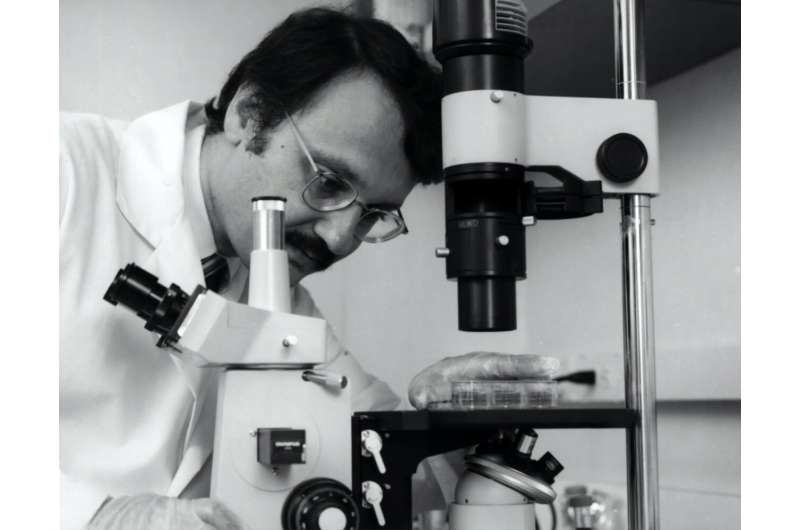Credit: Unsplash/CC0 Public Domain
Men with microscopic evidence of prostate cancer spreading to their pelvic lymph nodes (LNs) following the surgical resection of the prostate and pelvic lymph nodes (LN) are at a very high risk of dying from prostate cancer. Pelvic LN radiation therapy (RT) is a potentially curative treatment. However, no randomized clinical trials have been conducted in men with pN1 prostate cancer to evaluate whether survival is prolonged via pelvic LN RT when the post-operative prostate-specific antigen level is undetectable (i.e., adjuvant) versus the current standard of care, which involves waiting until the PSA becomes detectable (i.e., early salvage).
Researchers at the Brigham sought to understand whether adjuvant compared to early salvage RT could reduce mortality. The team studied a cohort of 17,913 men, median age of 64 years, and consecutively treated between 1995 and 2017 with radical prostatectomy and pelvic LN assessment and then followed for possible treatment with adjuvant RT or early salvage RT. The authors found that adjuvant compared to early salvage RT in men with pelvic node positive prostate cancer was associated with a decreased risk of death, and this reduction increased by 8 percent for each additional positive pelvic LN found at surgery.
"The lack of randomized trial data and the high risk of death from prostate cancer in this patient population compelled us to conduct this study and explore the findings," said senior author Anthony D'Amico, MD, Ph.D., of the Department of Radiation Oncology. "We are excited for men with node positive prostate cancer because our results have the potential to change practice and lengthen their survival."
The study is published in the Journal of Clinical Oncology.
More information: Derya Tilki et al, Adjuvant Versus Early Salvage Radiation Therapy After Radical Prostatectomy for pN1 Prostate Cancer and the Risk of Death, Journal of Clinical Oncology (2022). DOI: 10.1200/JCO.21.02800
Journal information: Journal of Clinical Oncology
Provided by Brigham and Women's Hospital






















